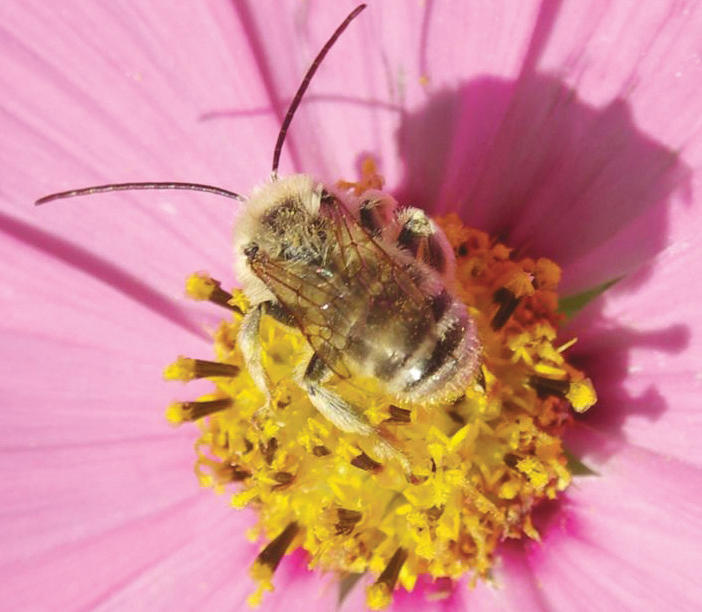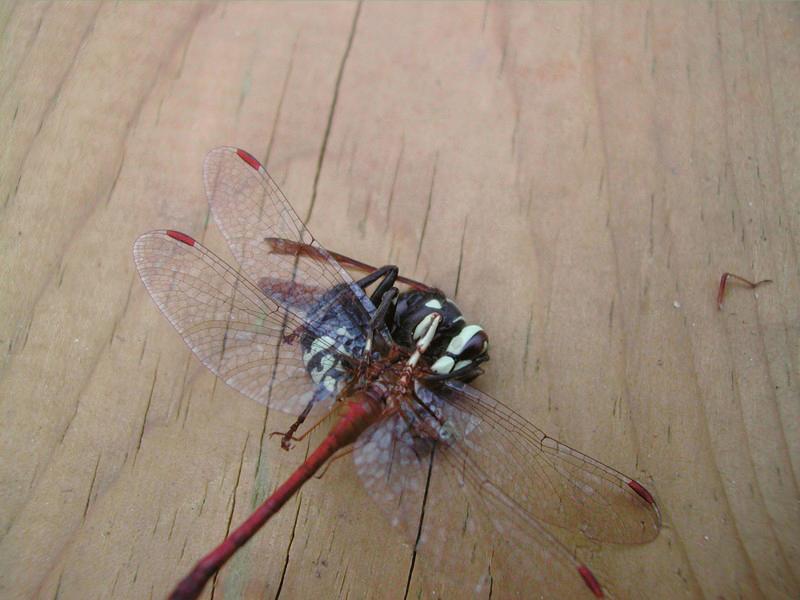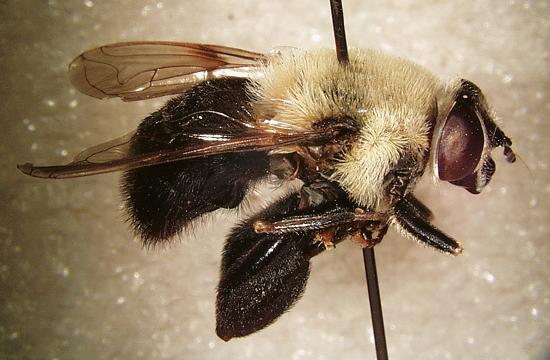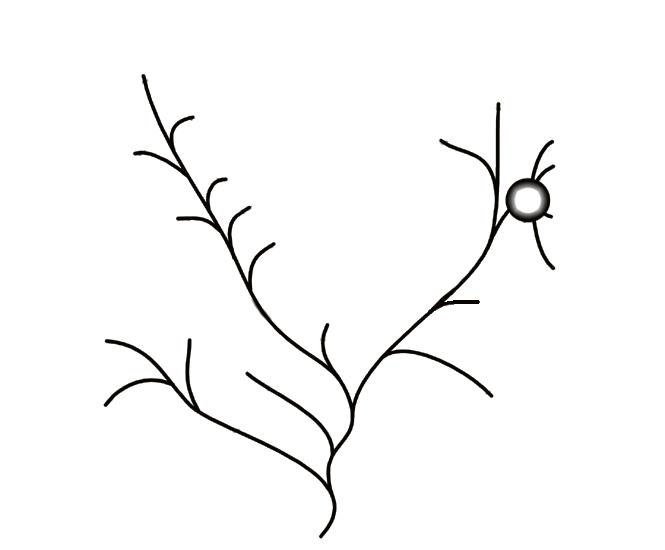Marla Spivak, PhD, Professor of Entomology, University of Minnesota

What are bees? Bees are fuzzy flower-feeders with a sting. Bees look fuzzy because they have branched, or plumose, hairs (Figure 3.1). These hairs help bees collect pollen from flowers. Bees and wasps are very close relatives and, understandably, many people confuse them. A little knowledge and careful inspection can help you readily tell them apart. Wasps do not have a fuzzy appearance, and they are carnivores (Figure 3.2); their dietary source of protein comes from spiders, insects, and soft-bodied caterpillars and other larvae. The bees described in this book are all robust and fuzzy and quite distinct from the more shiny wasps.

Bees rarely bother people at picnics during late summer. Yellow jackets, one of many kinds of wasps, are the primary culprits. If you allow a yellow jacket to land momentarily on your sandwich, you will see it is shiny, not fuzzy. After that, you will rarely confuse bees and these wasps again. There are some flies that look like bees, but that confusion is also easily remedied. Flies only have two wings (Figure 3.3). Bees and wasps have four wings, two on each side. You may see bees, wasps, and flies sucking nectar from flowers, as they all tap into this sweet sugar reward for a dietary source of carbohydrates. But only bees, with their fuzzy bodies, collect pollen from flowers.

Most people associate bees only with the bad experience of getting stung. However, the stinger is a remarkable feature with an interesting evolutionary history. Bees, wasps, and ants are classified together in an order of insects called the Hymenoptera (literally, “membranous wings”) (Figure 3.4). The most ancestral Hymenoptera are wasps, such as the modern-day sawflies (the Symphyta, which are not flies at all). The females in the oldest lineages of wasps have an ovipositor, or egg depositor, which injects their eggs into plant tissue. Some modern lineages use the ovipositor to place the egg into a spider or insect host. When the eggs hatch, the larvae feed on the plant tissue or on the host insect tissue. Over evolutionary time, the pointed ovipositor in the ancient wasps became modified into a stinger. Females of these wasps began to lay their eggs directly from the body. The sting and its associated venom in some present-day wasps enable females to paralyze their insect prey and then lay eggs on it. The sting also allows females of yet other wasp species and their relatives the ants to defend themselves and their developing offspring from predators. The sting, or even the threat of being stung, is an effective deterrent to large predators, including humans. Many people have an inordinate fear of bees, wasps, and ants. However, fear inspires curiosity, and if pursued, curiosity can lead to knowledge. Even a little knowledge about the importance of the bees, wasps, and ants to our environment can replace fear with perhaps a more reasonable response—healthy respect.

Over millennia, one lineage of stinging wasps led to present-day bees, which became vegetarians, relying on pollen and nectar from flowers for their protein and carbohydrates, respectively. Plumose hairs evolved, which helped trap the pollen grains on their bodies. These fuzzy, flower feeders with stingers, closely related to but modified from wasps, are called bees.
